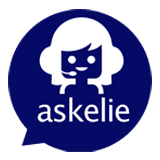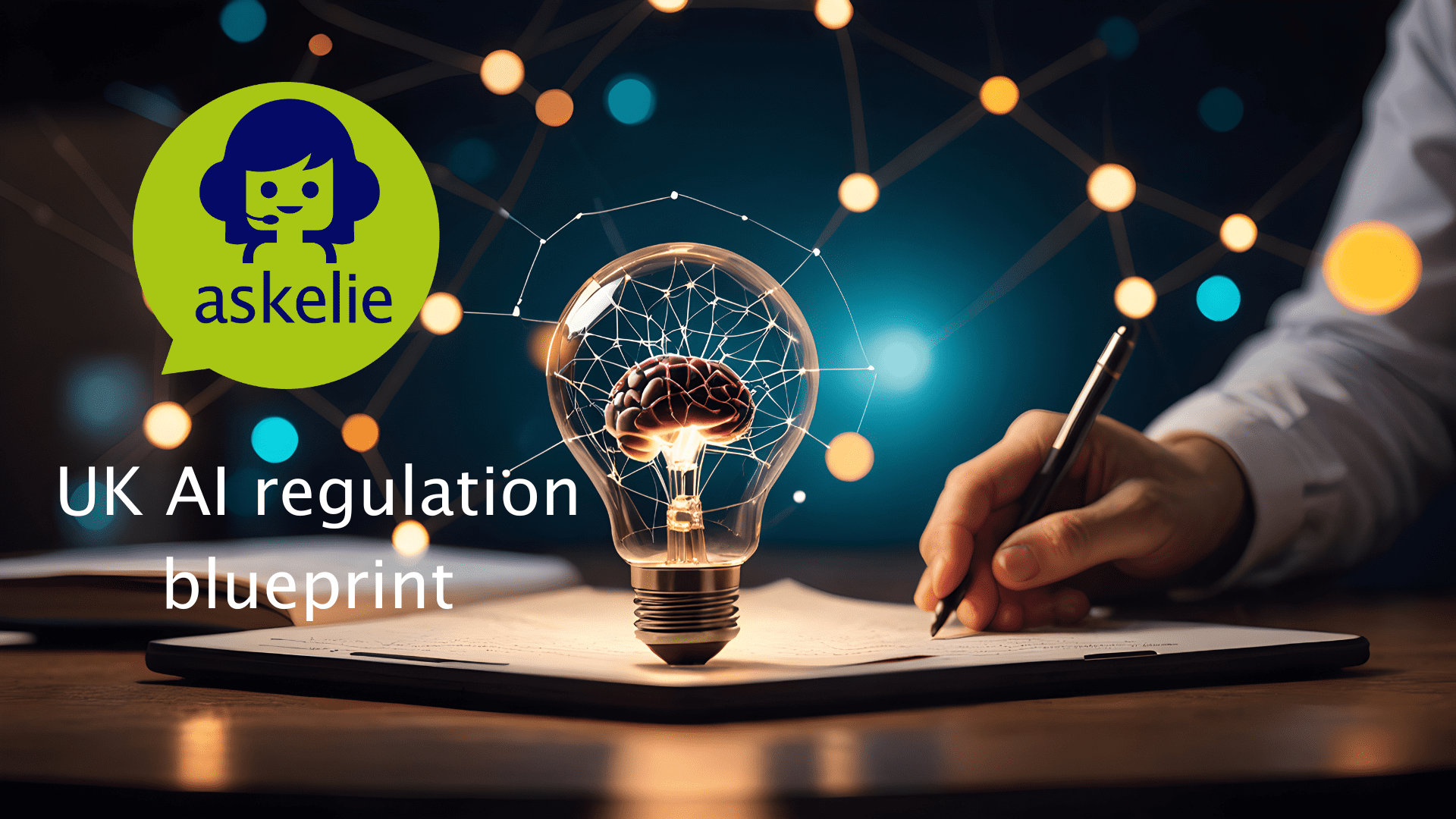The UK Government has published a new AI Regulation Blueprint, outlining how artificial intelligence will be developed, tested, and governed in the coming years. The plan promises to drive innovation while safeguarding privacy, data integrity, and public trust.
For many organisations, this announcement represents a critical shift. AI is no longer viewed as a disruptive experiment but as an established tool that now requires robust oversight. For businesses using platforms such as intELIEdocs from askelie®, the blueprint highlights why compliance and auditability are no longer optional extras in automation. They are the foundation for future-ready AI systems.
The New Blueprint Explained
The AI Regulation Blueprint, issued by the Department for Science, Innovation and Technology, aims to support the safe expansion of AI in real-world environments. It introduces flexible frameworks that allow innovation to continue while ensuring accountability and data governance remain strong.
Key proposals include regulatory sandboxes, government-approved testing environments, and new guidance on risk management and AI oversight. These controlled environments will allow organisations to experiment with AI solutions under supervision before deploying them at scale.
The UK Government’s goal is twofold. It wants to accelerate responsible innovation across sectors such as healthcare, education, and planning while also positioning the UK as a global leader in trustworthy AI. For companies managing large volumes of data, particularly those automating document workflows, this development has direct implications.
Why Document Automation Matters in AI Regulation
The AI regulation blueprint is not just about algorithms. It is about how information flows through systems and how that information is protected, verified, and used to make decisions. Document automation sits at the heart of this challenge.
Every AI system that processes personal, financial, or regulatory data must maintain clear accountability. When information is extracted from a document, validated, and stored, the organisation remains responsible for ensuring that process meets data protection standards.
Tools like intELIEdocs are built around these requirements. They automate data extraction and validation while maintaining complete audit trails and access controls. In an environment shaped by regulatory reform, this kind of transparency will be essential for compliance and risk management.
Balancing Innovation and Accountability
The government’s AI regulation blueprint highlights a delicate balance between innovation and accountability. Businesses will be encouraged to develop and test AI applications quickly, but they must also demonstrate that those systems handle data responsibly.
For document automation providers, this means that governance features such as role-based access control, audit logs, and encryption will move from being competitive differentiators to baseline expectations. Organisations that implement these safeguards early will not only meet regulatory demands but will also build greater confidence with clients and regulators alike.
In practical terms, this shift also means that compliance audits will become more rigorous. Platforms that can provide structured logs and verified data flows, like intELIEdocs, will reduce the burden on compliance teams by offering transparent evidence of accountability.
How askelie® and intELIEdocs Align with the AI Regulation Blueprint
askelie® has always approached AI from a compliance-first perspective. The design of intELIEdocs ensures that automation does not compromise governance. Every document processed is handled within secure boundaries, ensuring that sensitive data remains private and verifiable.
This approach fits neatly within the UK’s emerging regulatory framework. The AI Regulation Blueprint expects organisations to show traceability across their AI systems, from data input to output and decision. intELIEdocs already delivers this through detailed process records, validation reports, and configurable compliance checks.
By embedding these controls directly into the automation layer, organisations can innovate confidently, knowing that every automated decision or data transformation is fully documented and compliant.
Preparing Your Organisation for Regulatory Change
Adapting to the UK’s AI Regulation Blueprint requires more than technology. It demands cultural readiness and operational discipline. Organisations can start by taking several proactive steps.
First, review existing AI or automation systems to ensure they meet the key principles of transparency, fairness, and accountability. Identify where data originates, how it is processed, and whether those processes are recorded.
Second, evaluate suppliers and technology partners. Ensure that vendors such as automation or document processing providers maintain compliance certifications such as ISO 27001 and can support data protection impact assessments.
Third, create an internal governance structure that defines ownership of AI oversight. Clear accountability reduces the risk of non-compliance and speeds up audit responses.
Finally, adopt tools that embed audit readiness into the workflow. Platforms like intELIEdocs already provide validation, traceability, and controlled processing environments, making compliance a natural outcome of daily operations rather than an afterthought.
Opportunities Amid Regulation
While some organisations may see new regulation as a limitation, it also creates opportunity. Clear governance frameworks reduce uncertainty and help legitimate providers differentiate from unregulated competitors.
For document automation, regulation encourages trust. Clients, regulators, and auditors can rely on consistent and explainable outputs. Businesses that invest early in compliance-aligned AI will not only reduce risk but also strengthen their reputation for integrity and reliability.
The regulatory environment may also drive new standards for interoperability and reporting, creating a more consistent and transparent ecosystem for automated data management.
The Broader Impact on the AI Ecosystem
Beyond document automation, the AI Regulation Blueprint represents a significant milestone for the UK technology landscape. It signals a shift toward maturity, where innovation and oversight advance together rather than in conflict.
For the private sector, this approach offers clarity. For the public sector, it creates confidence to adopt AI in sensitive areas such as healthcare and legal administration. And for solution providers like askelie®, it reinforces the value of designing automation systems that respect governance from the start.
Looking Ahead
AI is moving into a new era of accountability. The UK’s AI Regulation Blueprint sets the stage for responsible innovation, ensuring that progress in automation is matched by progress in trust.
For organisations that already use or plan to implement AI-driven document workflows, now is the time to act. Aligning technology and governance early will not only ensure compliance but also create a competitive edge as the regulatory environment evolves.
askelie® and intELIEdocs stand at the forefront of this transformation, proving that intelligent automation and responsible governance can work hand in hand to shape a smarter, safer digital future for the UK.


